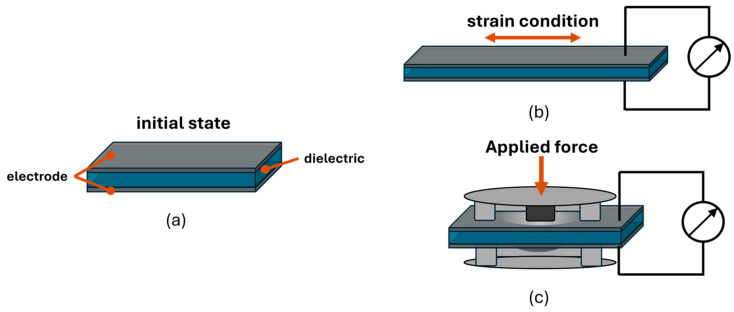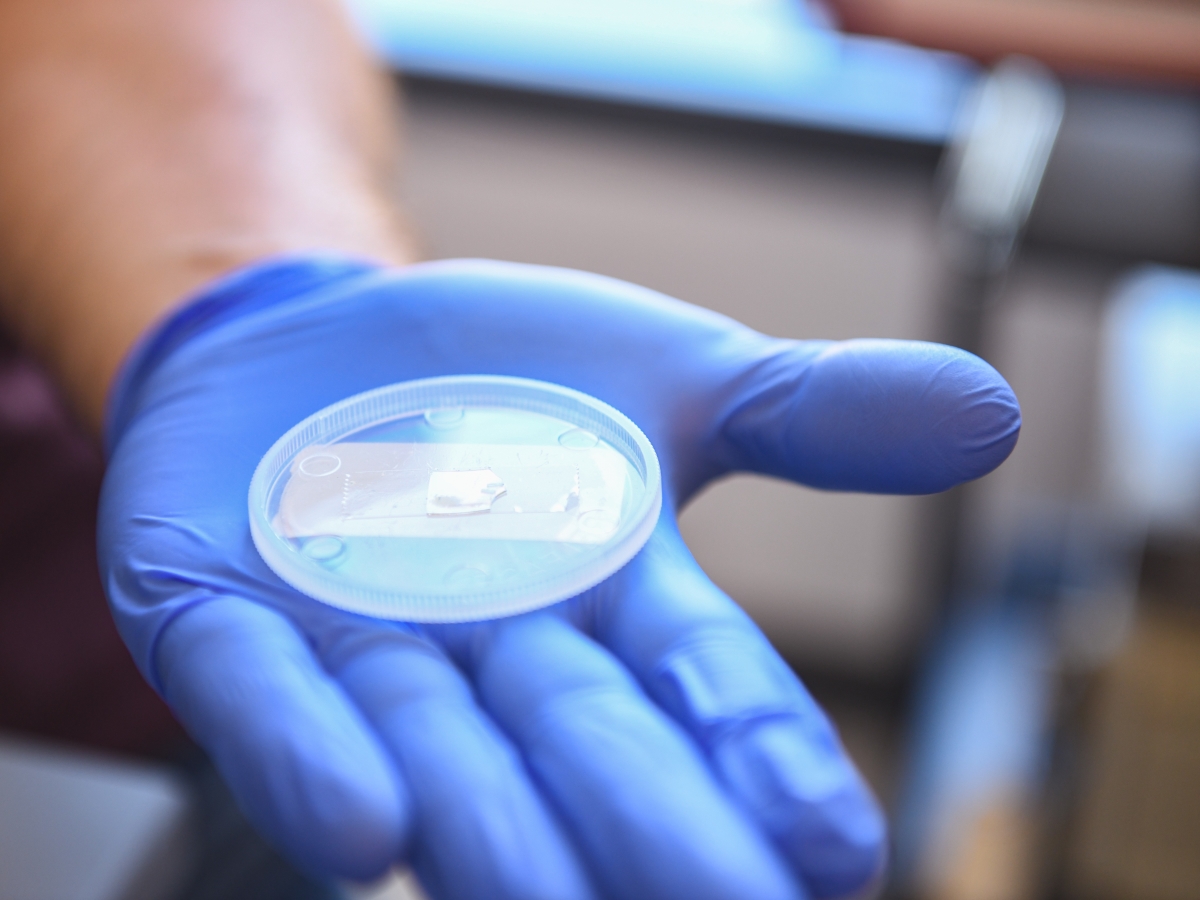2025-03-27 ドイツ連邦共和国・ザールラント大学
<関連情報>
- https://www.uni-saarland.de/aktuell/smart-textiles-and-surfaces-36624.html
- https://pmc.ncbi.nlm.nih.gov/articles/PMC11643587/
スパッタリング金属電極付き誘電性エラストマーに基づくユーザーインタラクション用多機能センサーアレイ Multifunctional Sensor Array for User Interaction Based on Dielectric Elastomers with Sputtered Metal Electrodes
Sebastian Gratz-Kelly, Mario Cerino, Daniel Philippi, Dirk Göttel, Sophie Nalbach, Jonas Hubertus, Günter Schultes, John Heppe, Paul Motzki
Materials Published:2024 Dec 6
DOI:https://doi.org/10.3390/ma17235993

Abstract
The integration of textile-based sensing and actuation elements has become increasingly important across various fields, driven by the growing demand for smart textiles in healthcare, sports, and wearable electronics. This paper presents the development of a small, smart dielectric elastomer (DE)-based sensing array designed for user control input in applications such as human–machine interaction, virtual object manipulation, and robotics. DE-based sensors are ideal for textile integration due to their flexibility, lightweight nature, and ability to seamlessly conform to surfaces without compromising comfort. By embedding these sensors into textiles, continuous user interaction can be achieved, providing a more intuitive and unobtrusive user experience. The design of this DE array draws inspiration from a flexible and wearable version of a touchpad, which can be incorporated into clothing or accessories. Integrated advanced machine learning algorithms enhance the sensing system by improving resolution and enabling pattern recognition, reaching a prediction performance of at least 80. Additionally, the array’s electrodes are fabricated using a novel sputtering technique for low resistance as well as high geometric flexibility and size reducibility. A new crimping method is also introduced to ensure a reliable connection between the sensing array and the custom electronics. The advantages of the presented design, data evaluation, and manufacturing process comprise a reduced structure size, the flexible adaptability of the system to the respective application, reliable pattern recognition, reduced sensor and line resistance, the adaptability of mechanical force sensitivity, and the integration of electronics. This research highlights the potential for innovative, highly integrated textile-based sensors in various practical applications.



